Tahir Maqsood Chheena
Can PTI be finished?
Tahir Maqsood Cheena
The institutions are like rivers; they do not wash away. There may be less or more water, but they will continue their journey. Popular political parties are the same. Therefore, historically, political parties have always remained firm in Pakistan despite facing state force. They only get weak due to governance issues when voted into power. Almost all political parties in Pakistan have faced an existential crisis. Accordingly, PTI is also facing a grave concern as so many electives are leaving PTI. The fundamental question is, will PTI succeed in these parting ways?
To begin with, Pakistan is a federation compiling four provinces, and all provinces are politically different. KPK and Pushtoon belt of Balochistan or Pushtoon residing in Karachi or other parts of Pakistan tend to vote for political parties rather than electives. Pushtoon almost covers 60 NA seats out of 266 NA seats in Pakistan. Then, PTI is the most popular political party among Pushton and does not require electives. PTI & JUIF can win among Pushtoons, and candidates do not matter to them. PTI is robustly popular in Ex- FATA, Malakand Division, Peshawar Valley, and central and southern KPK. It is also popular in the Hazara division in KPK. PTI is also popular among Pushtoons in Karachi and other parts of Pakistan. It is also gaining popularity in the Pushtoon belt in Balochistan. Most importantly, PTI does not require electives in Pushtoon areas to win constituencies.
Islam Abad Capital territory has three NA seats, and PTI does not require electives to win these seats. PTI can win Islam Abad constituencies irrespective of the candidates, as it is the most popular political party in Islam Abad. Accordingly, PTI is set to win most seats from NA-1 to NA-48, irrespective of the candidature.
The province of Punjab is the most critical factor in deciding the outcome of Pakistani elections as it comprises NA-49 to NA-189 Rajan Pur. These 138 seats have the potential to make national governments. Punjab has primarily urban and rural political divides. Political parties are strong in urban areas and do not require electives, whereas it is a combination of political parties and candidates in the rural constitutes. Out of 138 NA seats in Punjab, more than 100 NA seats have less role of candidates. Therefore, it is no longer a problem for political parties to depend upon candidates. Then, 38 NA seats require influential candidates. It is also mentioned that almost each NA constituency in Punjab has more than five influential candidates, and they will be joining political parties according to opportunities. These 38 seats are primarily in South Punjab and Sahiwal Division, as reported in the constituency survey of republicpolicy.com
Hence, PTI is very competitive in 138 NA seats of Punjab, although it is in front of KPK and Islam Abad. Accordingly, PTI may be facing a loss with the parting of candidates, yet it shall remain the potent force from NA-1 Chitral to NA-189 Rajan Pur. PTI is set to win most of the NA constituencies of KPK and Punjab, irrespective of who contests from PTI.
The province of Sindh is divided ethnically among 61 NA seats. The Sindhi and Urdu-speaking people have different political trends. Then, Pushtoons in Karachi also have a different trend. It seems PTI may not win rural Sindh constituencies. However, PTI may lose in Karachi, where it won 14 NA seats in 2018. PPPP has regained the rural areas of Karachi, whereas Urdu Speaking areas are yet to decide as so many factors are involved. PTI may not lose the KPK and Punjab ( excluding electable constituencies) with departing candidates, but it certainly can lose in Karachi due to weak organization and other factors. Balochistan has 17 NA seats, and PTI is gaining a little popularity in the Pushtoon belt. However, these seats are manageable, and PTI might only perform with a free hand.
Therefore, it can be analyzed that PTI may suffer a little loss due to the departing of candidates, but it might be a small one. However, the election campaign and other factors are also significant towards the road to elections. PTI needs organization and substitutes candidates if candidates leave the party. So far, popular political support is with PTI, which might be why it will survive the present onslaught. Imran Khan is the most popular leader of Pakistan. He is 73 per cent popular in KPK and 70 per cent in Punjab. He is 23 per cent popular in Sindh and 19 per cent in Baluchistan. He is more than 64 per cent popular in Pakistan accumulatively. ( Source-republic policy)
Therefore, it is not easy to sideline a political leader who is popular across and enjoys the support of 2/3rd of population. Lastly, PTI depends entirely upon Imran Khan and no other leader or groups of leaders can even be endorsed by PTI supporters unless Imran Khan recommends them. What PTI needs to do now? If, they develop better substitute panel of candidates in each NA and PA constituency and accordingly, put up better candidates, they will remain in the race due to the popularity of their leader.
The writer is editor at republicpolicy.com






































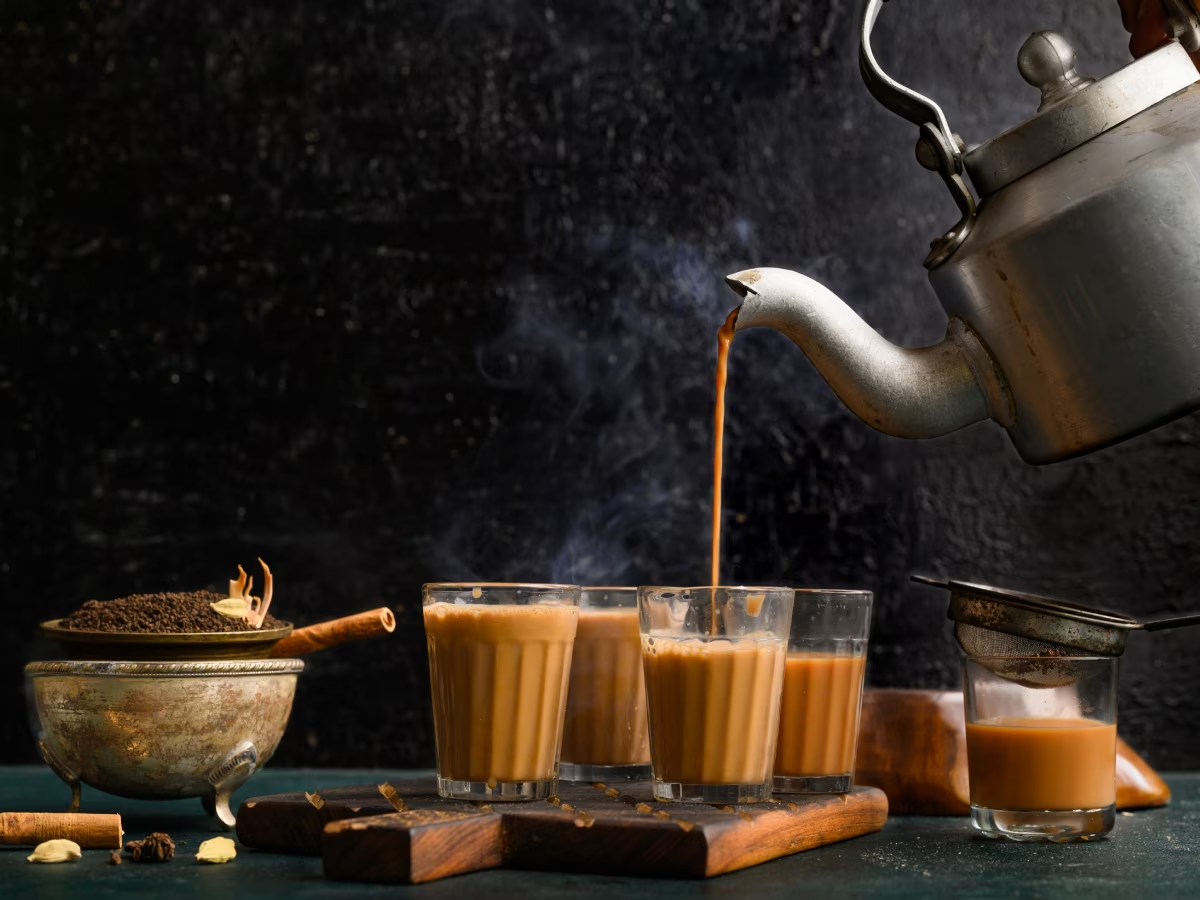
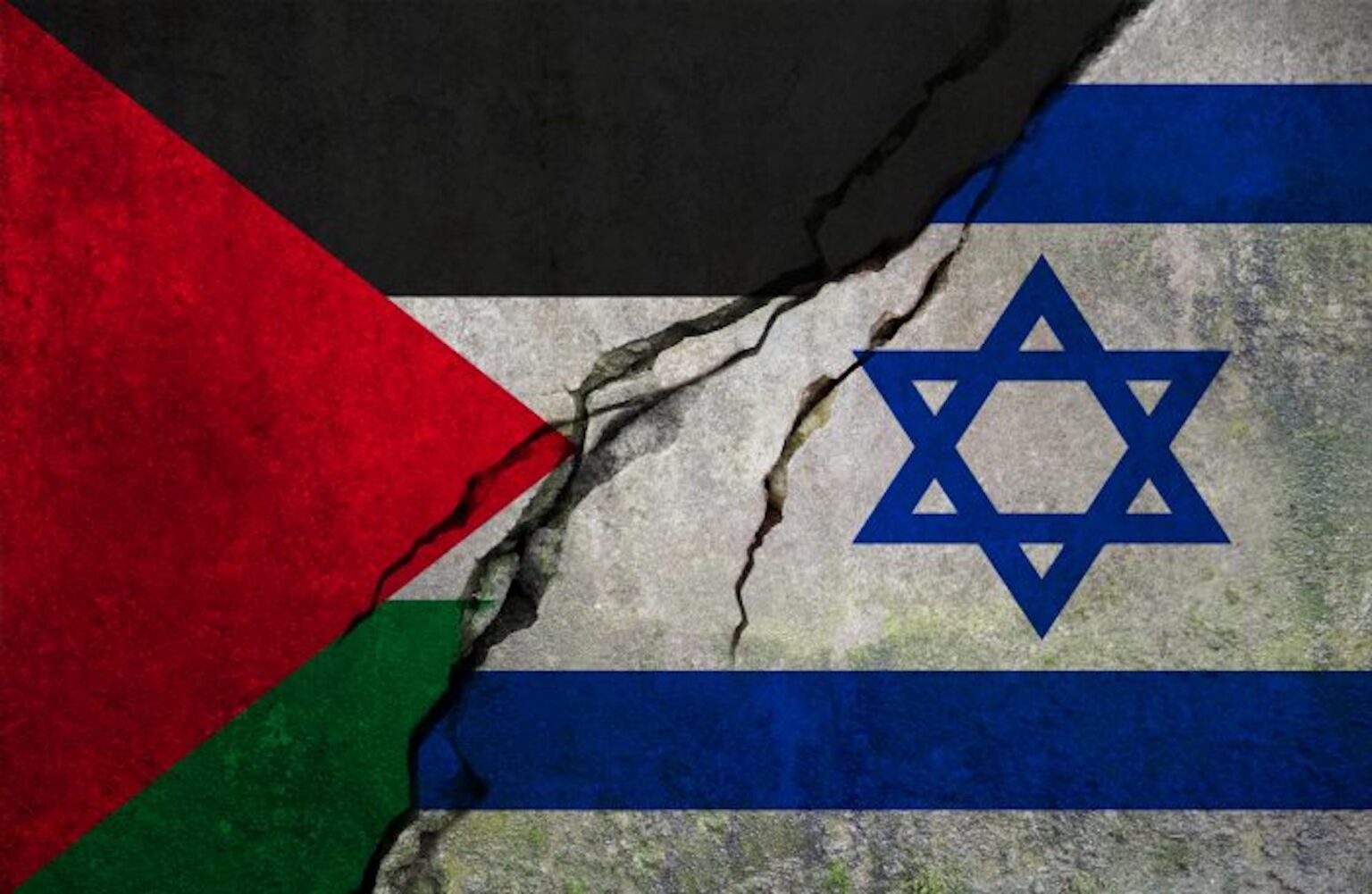
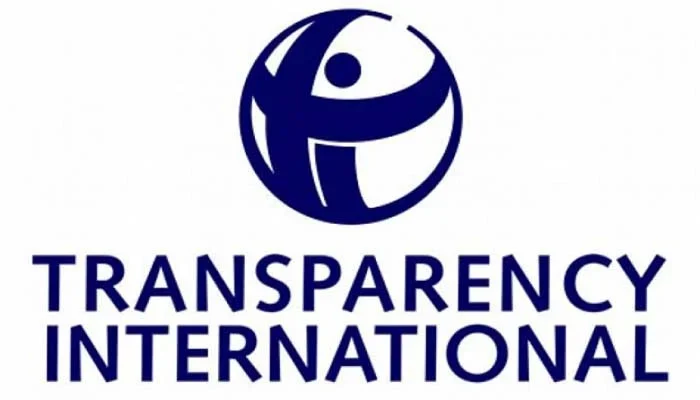
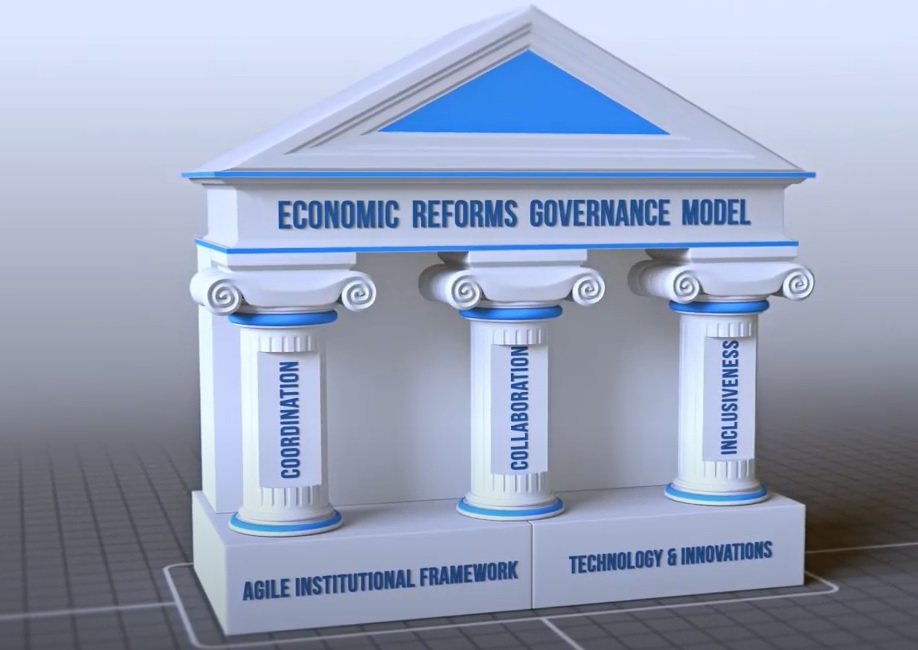

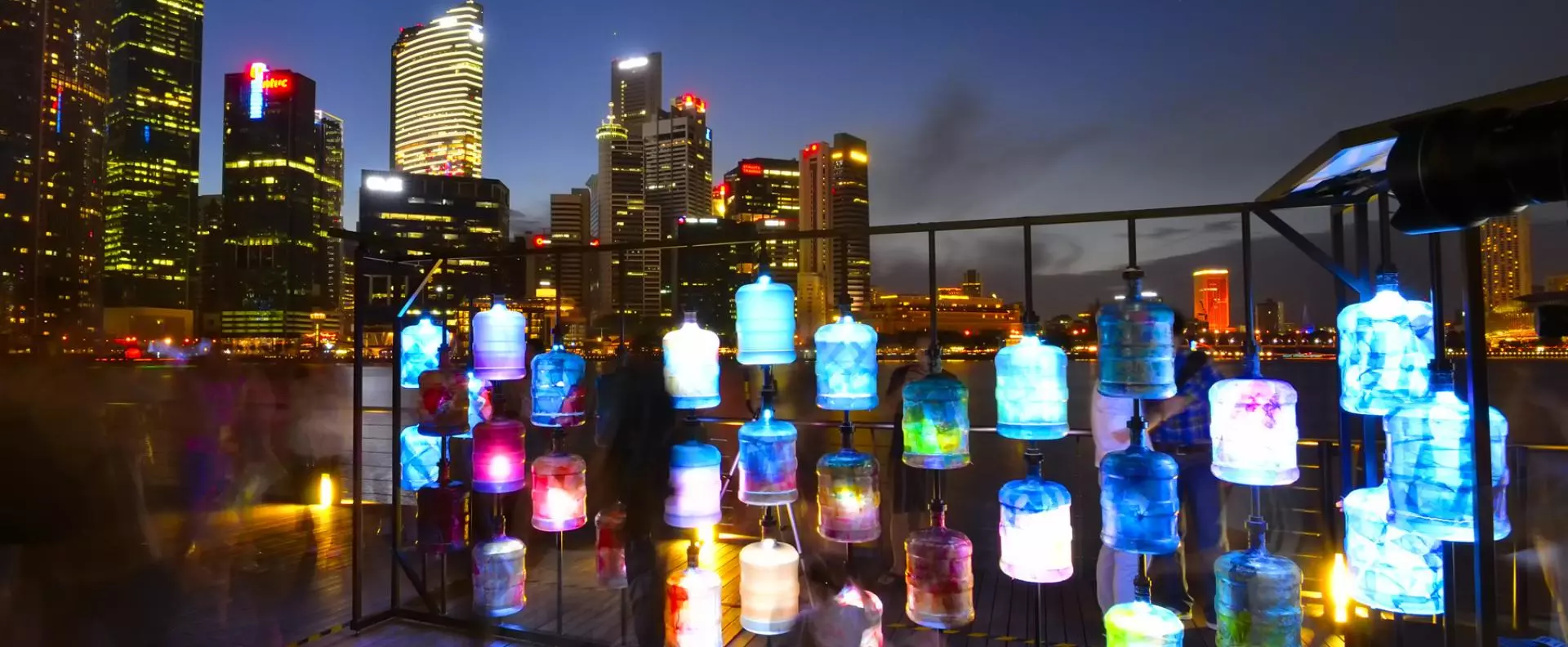

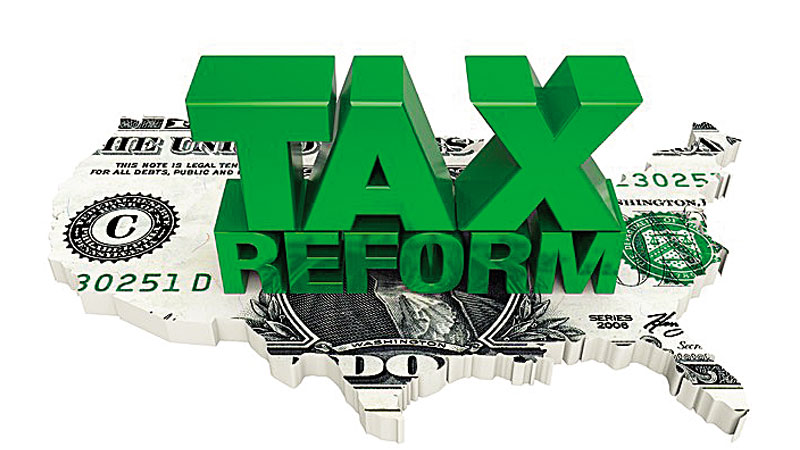
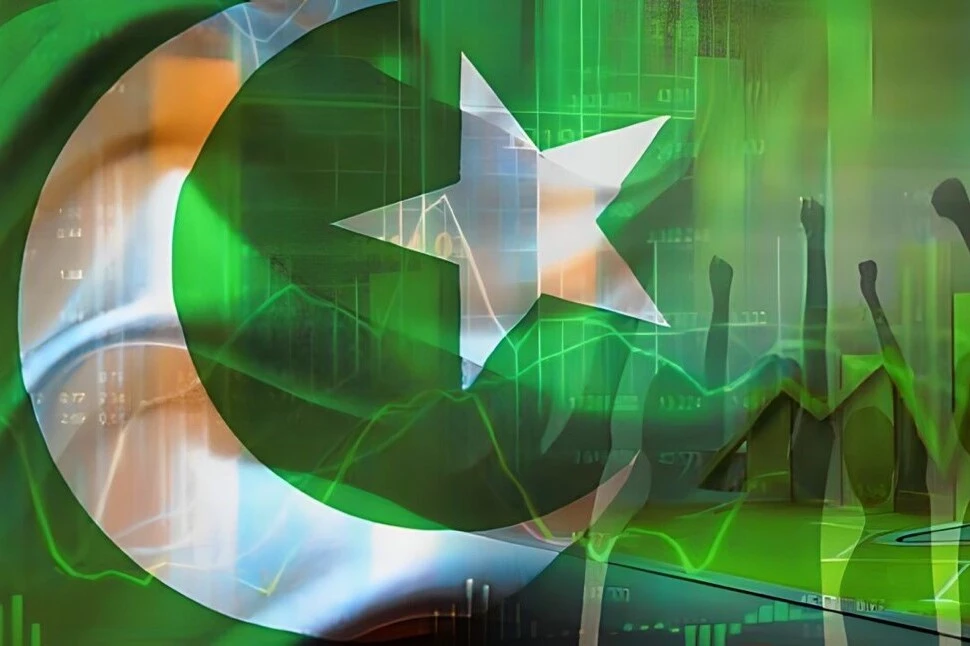


2 thoughts on “Can PTI be Finished?”
No
fk no